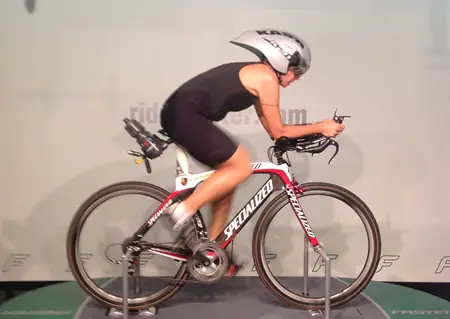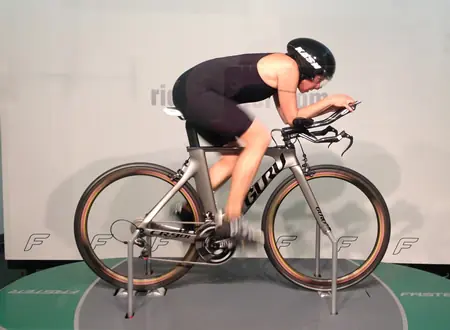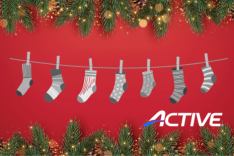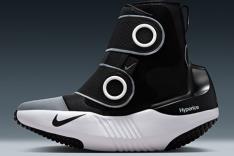Riding a bike down the road can be very simple. The sensation of air moving around the body or climbing a hill can have very profound effects on how a person will perceive their world after they get done with their ride. Generally as a person transforms themselves from average rider to an athlete, they begin to get a more complicated perspective of how a bike can travel down the road as well as how their body responds to the bike.
Manufacturers are continually developing products that allow cyclists to be more efficient on the bike. However, some of these products work great for some people and not so well for others. As a fitter, we have to be able to see past the advertising claims and use what works best for each individual athlete.
When it comes to fitting an athlete for an aerodynamic position, there are many myths out there on what makes a person more aero. One of the myths is that a person loses power to the pedal when they become more aero. Allowing an athlete to produce high power and be very slippery in the wind is achievable—that is one thing we focus on when we optimize athletes in our wind tunnel. To achieve the balance between being aero and having optimized power, biomechanics, biometrics, and comfort we have to start with a solid foundation.
More: 6 Easy Ways to Get More Aero
A Solid Foundation
Let's start with the feet and sit bones. A rider that has a weak foundation for their sit bones and feet will be limited by how aero they can get. When we are looking at a rider's foundation, we are mainly trying to keep the body in a neutral position. If a rider has a high arch, varus or valgus feet, or if there is a leg length discrepancy, appropriate steps need to be taken so a rider can sit naturally on a bike.
We don't want to push a rider into a position they can't sustain! We want a rider to fall easily into an aero position, and as they do this, they will be able to hold it for a much longer period of time.
Along with the feet, we also do this by looking at their saddle and choosing a saddle that supports their body. By providing a solid foundation for the rider, their comfort on the bike will also improve. In addition, if their current bike geometry is not ideal, they will also be limited on power production and holding a tight aero shape for long periods of time.
Here is a before and after photo of Cheryl, an avid triathlete whose foundation was not ideal. This triathlete is very petite, and like many petite athletes, selecting a bike with the right geometry and without having to use 650c wheels can be very challenging.

And this is the final result with a properly fitting bike and an ideal foundation.

- 1
- of
- 2








Discuss This Article